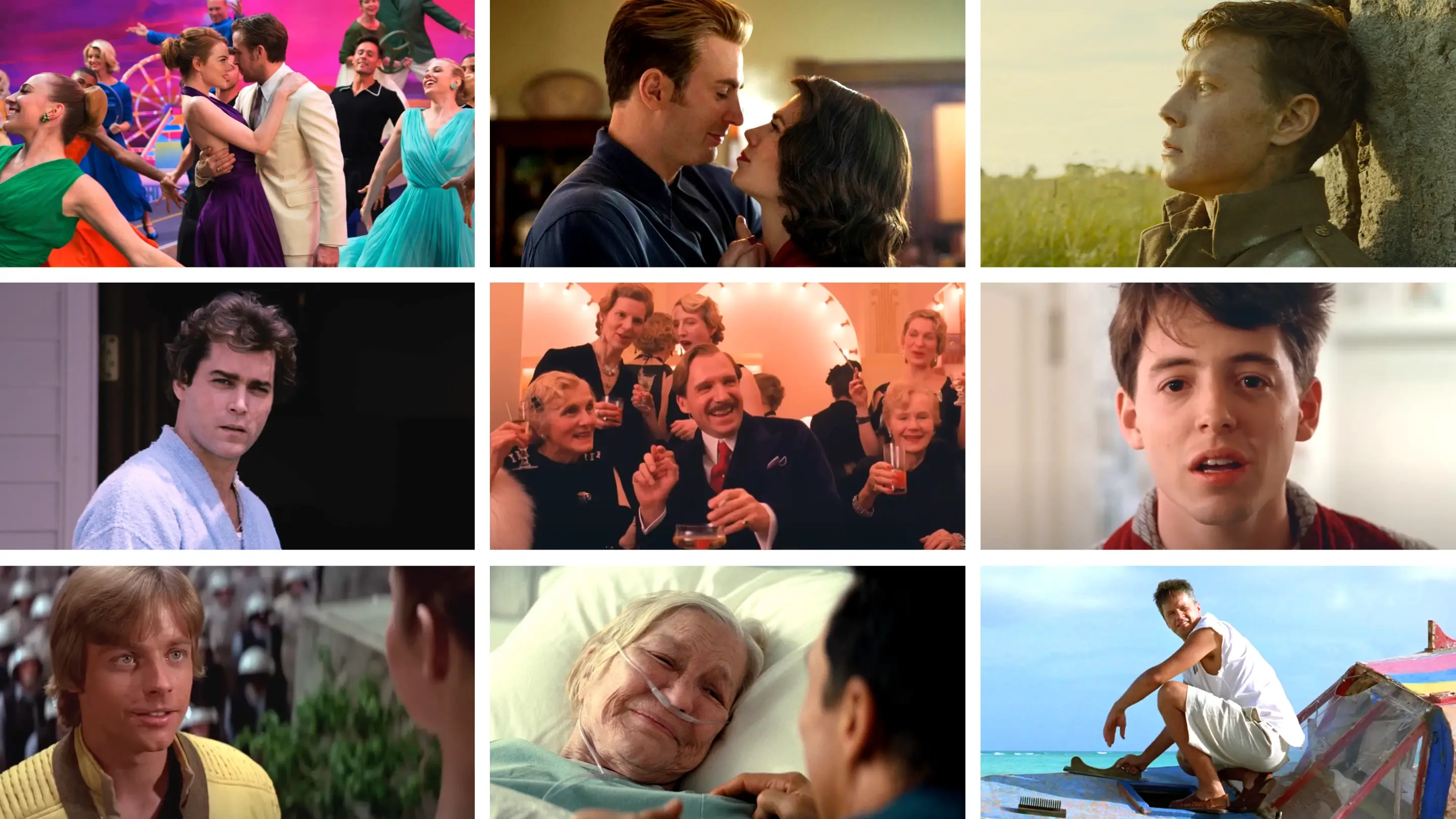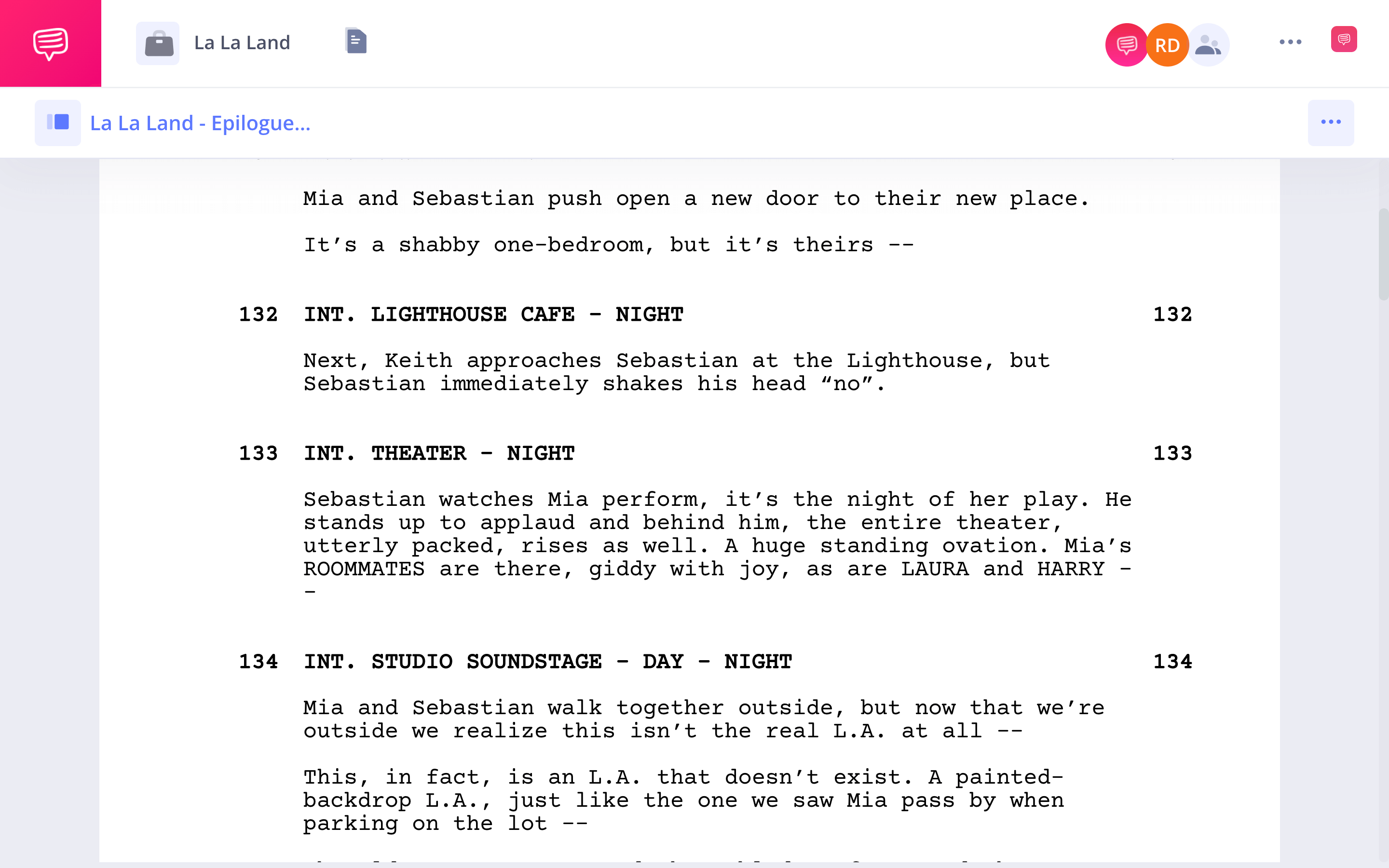What is an epilogue? It’s a term that we hear often but we don’t see it in every story. So why are epilogues so commonly talked about to when they aren’t always used? We’re going to get to the bottom of that question with examples from Harry Potter, Star Wars, and more. By the end, you’ll know how to implement them in your own stories. But before we get into the best and most creative examples in literature and film, let’s define epilogue.
What is an Epilogue Used For?
First, let’s define epilogue
Let’s start with the most important thing there is to know about the epilogue. They are not an essential aspect of storytelling. Most stories don’t need one — and most screenwriters would argue that they should only be used when they are absolutely needed.
Now, let’s jump into a formal epilogue definition.EPILOGUE DEFINITION
What is an epilogue?
An epilogue is a scene that takes place after the climax of a story. It serves as a conclusion to the story’s events and shows us “what becomes” of its major characters. They are meant to give clarity to the narrative — not to resolve themes. Many franchises, such as Harry Potter and The Avengers, use epilogues to offer resolution, foreshadow future events, or set up a sequel.
Characteristics of an Epilogue:
- Non-essential
- Resolves narrative loose-ends, not themes
- Takes place chronologically after the main story
WRITING TIPS
Great Epilogue Examples
Let’s look at a couple examples of popular endings to see what made them successful.
Harry Potter and the Deathly Hallows Epilogue
The epilogue in Harry Potter and the Deathly Hallows works really well for a couple reasons.
- First, it takes place in the distant future. Epilogues are meant to give distance between the events of the plot and the fate of its characters. As such, it makes sense to separate the two by a gap in time.
- Secondly, it gives resolution to its three main characters (Harry, Ron and Hermione) who we followed over the course of eight films.
You might be asking the question, "how long should an epilogue be?" The general answer is "the shorter, the better."
Star Wars: A New Hope Epilogue
The epilogue in the original Star Wars is regarded as one of the best epilogue examples of all-time.
At just two minutes, the scene is brief and to the point. It doesn’t set out to resolve complex themes or change the meaning of the story — it serves only to show what happens to the characters. Although it doesn’t take place too far into the “future,” it’s far enough removed from the main plot to work.
The Third Man
Many film critics regard the ending of The Third Man (YouTube link) as not only a great epilogue, but one of the greatest movie endings of all-time.
One reason why the ending is so successful is that the denouement is expertly intertwined into it. Without needing to know anything about the story, we can see the differences between the epilogue and denouement.
The epilogue is when the woman walks towards the camera. Why? Because it takes place after the climax, and answers the question: what is the fate of our main characters?
The denouement occurs when the woman walks past the man. Why? Because it resolves their relationship and a major theme of the story.
Related Posts
Opposite of Epilogue
Prologue vs epilogue
Another literary device that can create some confusion is the prologue. This is another addendum to a story but it is actually the opposite of epilogue because it comes before the main story begins.
Just as the epilogue is a final bit of concluding information, the prologue gives us introductory information. It sets up the story with details that should provide some context for the main story.
Another common point of confusion is between an afterword vs. epilogue. An afterward also comes after the main story but differs in two ways.
1. First, the afterward is not part of the story.
2. Second, it is usually written from the author directly to the reader. Stephen King does this all the time — he explains his goals for the story, or his inspirations, or his experience writing it.
Now that we’ve covered the differences between the prologue and epilogue let’s look at some other epilogue examples.
Related Posts
WHAT IS AN EPILOGUE IN CINEMA?
Epilogue examples in movies
One of the best epilogues in recent years took place in Damien Chazelle’s Academy Award-winning La La Land screenplay. We imported the script into StudioBinder’s screenwriting software to take a closer look at what makes the La La Land epilogue so good.
As you read, consider the essential aspects of an epilogue, and how this example is somewhat antithetical to the norm.
Epilogue Examples • Read the La La Land Screenplay
This entire sequence takes place “outside of reality” but it serves as the story’s epilogue. Why? Because it seals the characters' fates. By showing us what could have been, the reality of the situation is reinforced. It’s not a “storybook ending” but it makes sense within context.
Don't forget to check out How to Write an Epilogue? where we get into even more epilogue examples.
Now let’s take a look at the scene from the film. Pay attention to how Chazelle cuts from the fantasy ending to the present in order to resolve a major theme of the story.
La La Land Epilogue Example
The moment that Sebastian (Ryan Gosling) and Mia (Emma Stone) lock eyes brings us back to reality and serves as the denouement. This is the moment we understand that although they didn’t end up together, they helped each other grow. It’s a bit tricky to differentiate between epilogue and denouement, so here’s a helpful guide:
What is an epilogue?
- Resolve narrative threads
- Take place in another time
- Commonly the length of a scene
What is denouement?
- Resolves themes
- Usually take place in present timeline
- Only a short moment
So, what is an epilogue? I think we can confidently say it’s a non-essential part of a story that gives resolution to characters or plot.
By understanding how they are used by some of the world’s greatest writers, we’re better prepared to execute story endings of our own.
UP NEXT
What is a prologue?
Now that we’ve reviewed everything that makes an ending, let’s do the same with prologues. In this next article, we break down what a prologue is and how it’s used by writers and filmmakers; with examples from Indiana Jones, The Dark Knight and Reservoir Dogs. By the end, you’ll know how a prologue can aid a story’s beginning and end.

